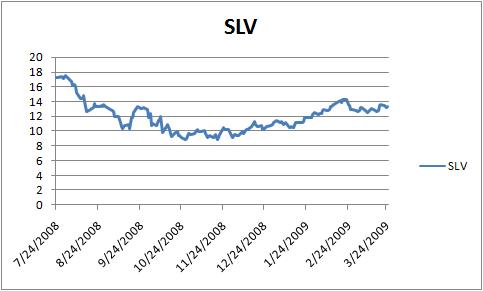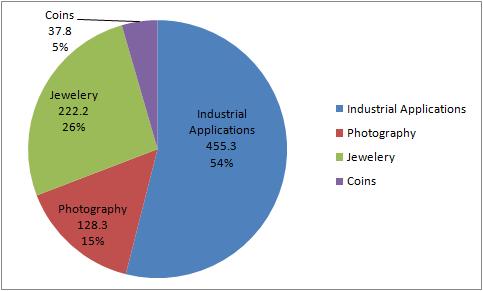After gold ETFs, I thought I’d create an oil ETF list too. So, here is a comprehensive list of oil ETFs.
Oil ETF that own Oil Stocks
1. Oil Service HOLDRS T (OIH): The OIH ETF owns stocks of companies in the oil industry. These companies are engaged in provided drilling, well site management and other related products and services.
2. iShares Dow Jones U.S. Oil & Gas Exploration & Production Index Fund (IEO): This oil ETF owns the stocks companies in the Dow Jones US Oil and Gas Index. The top holding of this ETF is Occidental Petroleum Corp. You can see the other holdings at this link.
3. iShares Dow Jones US Oil Equipment & Services (IEZ): This ETF is not exactly an oil ETF but it holds the stocks of companies that manufacture oil equipment or provide oil services. The top holding of this ETF is Schlumberger Co. Ltd. You can click here to view the top holdings of this ETF.
4. SPDR S&P Oil & Gas Equipment & Services (XES): This oil ETF is like IEZ and its top holding is Schlumberger as well. You can click here to view all the top holdings.
5. SPDR S&PÂ Oil & Gas Exploration & Production (XOP): This oil ETF is owns stock in the oil and gas exploration business. Its top holding in Exxon Mobil and you can see its top holdings here.
Oil ETF that own Future Contracts
6. United States Oil (USO): USO is one of the more popular oil ETFs, which tracks the price of West Texas Intermediate light, sweet crude. The ETF invests in future contracts and options in order to track these prices.
7. United States Heating Oil (UHN): This oil ETF invests in future contracts and options in order to track the prices of heating oil delivered at the New York harbor
8. United States 12 Month Oil (USL): This oil ETF tracks the changes to the light, sweet crude oil delivered to Cushing, Oklahoma, as measured by the changes in the average of the prices of 12 Futures Contracts on crude oil. It does that by owning oil futures contracts and other oil related futures, forwards, and swap contracts.
9. iPath S&P GSCI Crude Oil Total Return Index ETN (OIL): This is an ETN and not a ETF, which tracks the return of West Texas Intermediate (WTI) crude oil futures contract.
10. PowerShares DB Crude Oil Long ETN (OLO): This ETN is designed to track the return of Deutsche Bank Liquid Commodity Index, which in turn tracks crude oil futures contracts and US 3 month T Bill contracts.
Short Oil ETF
11. PowerShares DB Crude Oil Short ETN (SZO): This ETN will go up when oil goes down and will track the inverse of Deutsche Bank Liquid Commodity Index.
12. PowerShares DB Crude Oil Double Short Exchange Traded Note (DTO): This ETN will go up twice as much as the price of oil goes down, as measured by the Deutsche Bank Liquid Commodity Index
13. ProShares UltraShort DJ-UBS Crude Oil (SCO): This fund seeks daily investment results, that correspond to twice the opposite of the daily performance of The Dow Jones-UBS Crude Oil Sub-Index.
Double Oil ETF
14. The PowerShares DB Crude Oil Double Long ETN (DXO): This ETN goes up twice as much as the price of oil, as reflected by the Deutsche Bank Liquid Commodity Index.
15. ProShares Ultra DJ-UBS Crude Oil (UCO): This ETF seeks daily investment results that correspond to twice the daily performance of the Dow Jones-UBS Crude Oil Sub-Index.
Terminated Oil ETF
I came across the fact that two oil ETFs – Macroshares Up and Macroshares Down have been terminated because their deposits dwindled to less than 50 million dollars, and I thought a few people might be interested in knowing this too (actually I had spent time researching it and didn’t want that effort to go waste).


